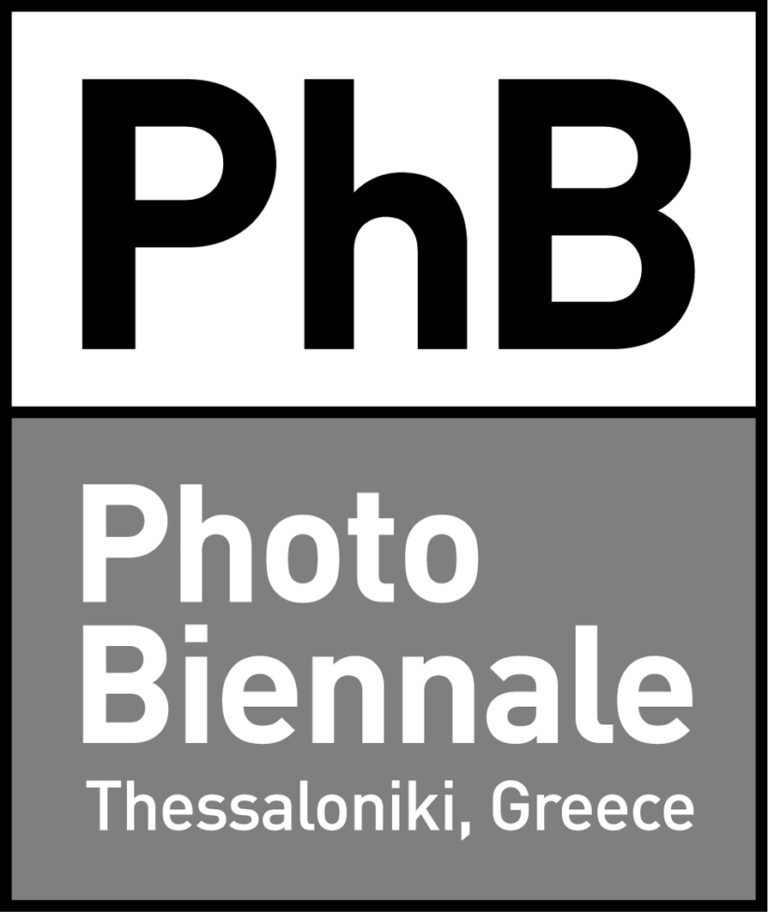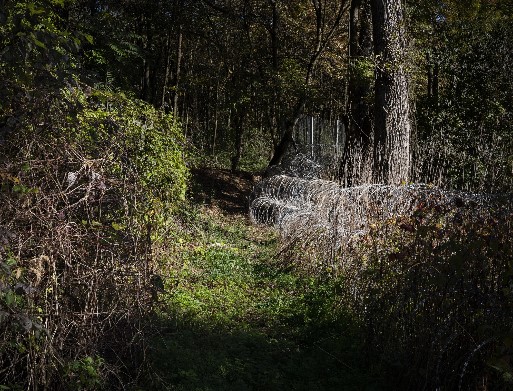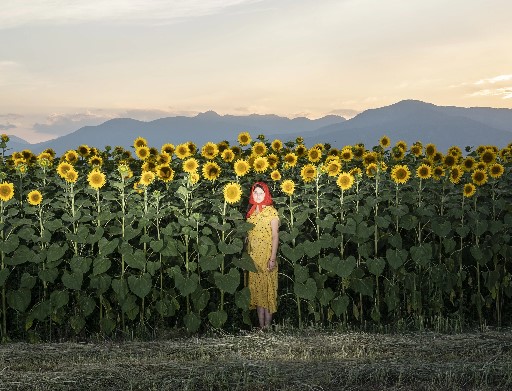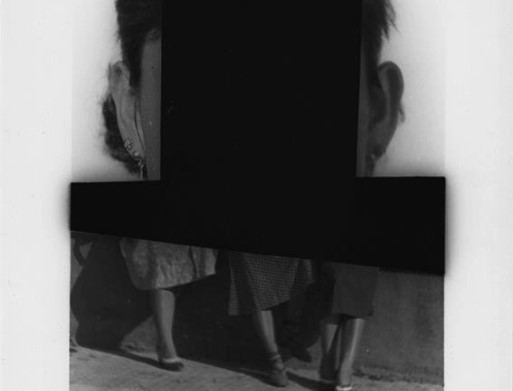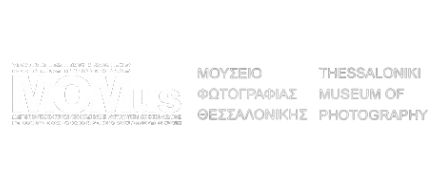The compositions created by Ilias Sipsas and Apollon Glykas present an original concept of viewing, transforming and interpreting reality and the human condition. Their collaboration also forges a unified intervention, a multifaceted visual environment that evolves dynamically, an environment rich in content and open to multiple readings and diverse approaches. The starting point for the duo is their combination of photography and sculpture.
Simple, fortuitous, anonymous photographs with no artistic assertions or intentions, images that simply document and capture people and ordinary moments of our life and world -temporally and on paper-, such fragments of memory serve as the material and thematic axes of their work.
By enlarging, processing and dissecting these photographs, by selecting parts rather than the entirety of the images, by fragmenting and intervening on their surface, and, typically, by detaching their subject from its temporal and social context, integrating the images into wall or spatial constructions, they create a new condition defined by its coherent character. However, in their use of photographs, they maintain their individual, distinctive style, with each establishing his own sensibility, perspective and aesthetic.
Ilias Sipsas explores the analogies between photographic and physical/real space. His large-scale photographic collages conceptually communicate with his sculptural constructions, in which he resourcefully combines objets trouvés with an assortment of materials (metals, clay, plaster, stones, glass, wood, plastic). Often, his works make structural use of light and are distinguished by their materiality, elegance and brittleness, their Dadaist spirit and their subversive-surrealist mood.
Apollon Glykas’ works originate from a process of connections, as he works with various materials and techniques. His projects combine photographs (often from his personal archive) with metal elements that allude to technological culture, such as antennae, struts, parts of communication systems, bases. He uses these elements as they are, without interfering with the texture or colour of the material. Meanwhile, motion and light play a key role in his work. The indeterminate -in terms of their intended use and purpose- constructions where the photographs are embedded are constructivist in their approach. These surprising and paradoxical encounters between constructions and photographs create narratives in which time is the dominant dimension, with the notions of the past and future positioned at their core – these images-“messages” are fragments of an antediluvian life in a future world.
